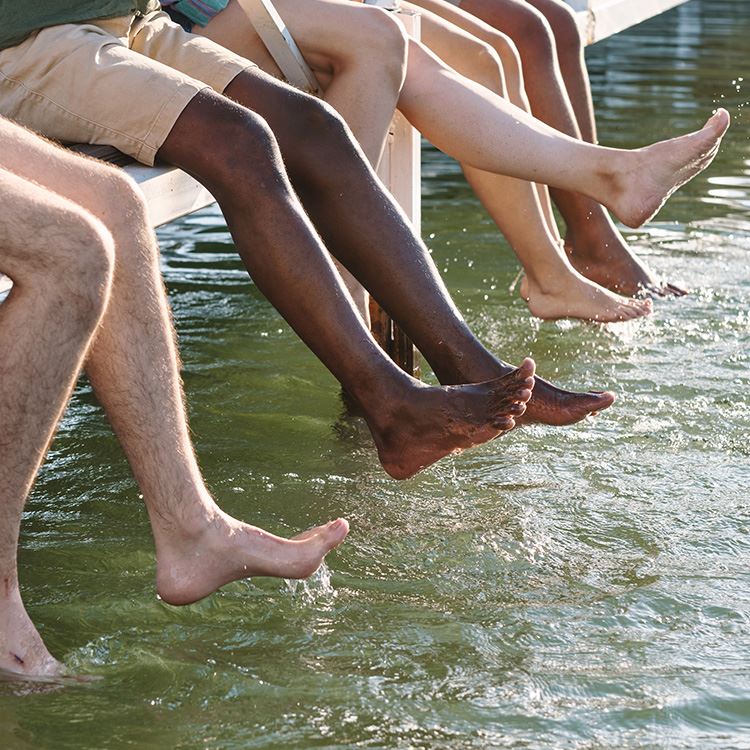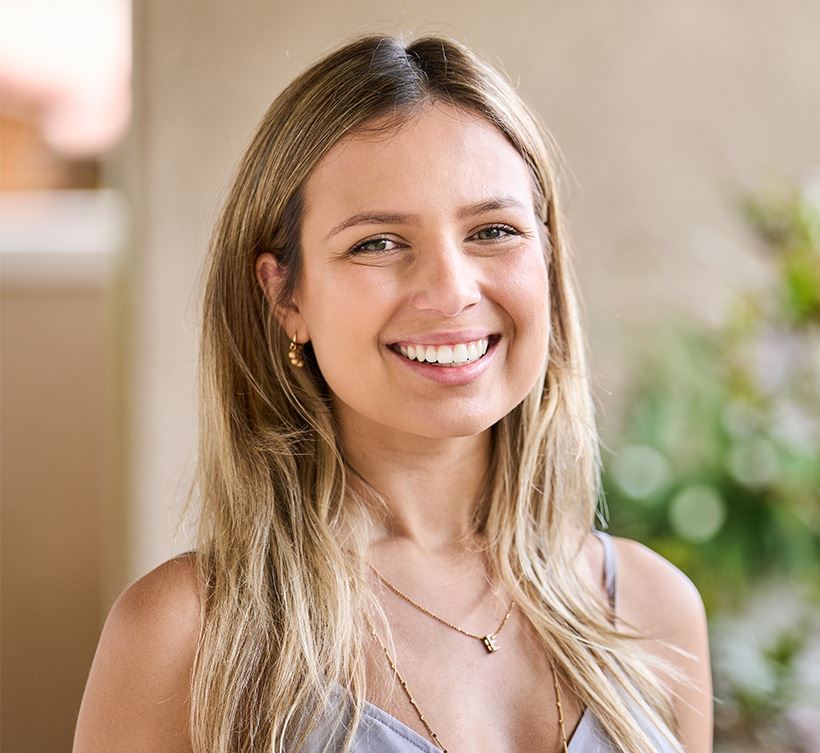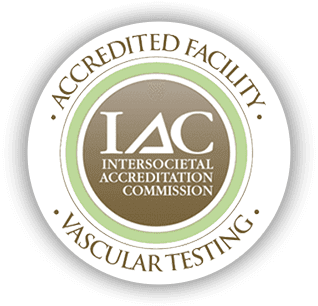
Expert Varicose Vein Treatments in Colorado Springs & Lone Tree
As Lone Tree’s and Colorado Springs’ leading expert in vein disease and treatment, Albert Vein Institute is dedicated to using leading-edge technologies to correct both medical and cosmetic vein issues with shorter recovery times and improved long-term results.
Dr. Albert will determine which solution is the most appropriate for each patient. Schedule your consultation today for varicose vein treatment in Lone Tree (303) 857-5111 or Colorado Springs: (719) 550-8346 .
Explore Your Varicose Vein Treatment Options
Colorado Springs & Lone Tree area varicose vein treatment options include:
- Compression Stockings Therapy
- Endovenous Laser Ablation
- Varithena Chemical Ablation
- Venclose Radiofrequency Ablation
- Microphlebectomy (Ambulatory Phlebectomy)
- Ultrasound-Guided Sclerotherapy
- Foam and Liquid Sclerotherapy
Understanding Compression Stockings Therapy
Compression therapy can be an effective way to alleviate some of the symptoms of varicose veins. Gradient compression stockings provide pressure around the foot and ankle and then less pressure toward the top of the leg. This helps leg muscles move blood up the leg to the heart, and prevents superficial veins beneath the stocking from pooling with blood.
Compression stockings cannot, however, cure the underlying venous reflux condition that causes varicose veins. So while compression therapy can be used to manage symptoms, your varicose vein condition can still progress to the point that more advanced treatment is necessary.
It should also be noted that many insurance providers require compression therapy before you can become eligible for more curative treatments. Please read our blog post on compression stockings.
How Compression Socks Aid Varicose Vein Management
Compression socks work to help varicose veins by applying graduated pressure to the legs. The pressure is highest at the ankle and gradually decreases as it moves up the leg. Here's how compression socks assist in managing varicose veins:
- Improving circulation: Compression socks squeeze the veins and muscles in the legs, promoting better blood flow and preventing blood from pooling or stagnating in the veins. This enhanced circulation helps reduce the pressure and swelling associated with varicose veins.
- Supporting vein walls: Varicose veins occur when the walls of the veins weaken and stretch, causing them to become enlarged and twisted. Compression socks provide external support to the vein walls, helping them maintain their shape and function more effectively. The gentle pressure exerted by the socks helps the veins to stay in a more compressed and constricted state, reducing their dilation.
- Reducing symptoms: Varicose veins can cause symptoms such as pain, heaviness, swelling, and leg fatigue. Compression socks alleviate these symptoms by preventing the backward flow of blood, minimizing inflammation, and providing relief from discomfort. They also help reduce the risk of developing blood clots and related complications.
- Prevention and management: Wearing compression socks regularly can help prevent the progression of varicose veins and manage existing ones. They are especially beneficial for individuals who spend long periods sitting or standing, as these positions can increase the strain on leg veins. Compression socks provide continuous support throughout the day, promoting healthy circulation and reducing the likelihood of varicose veins worsening.
It's important to note that while compression socks can help manage the symptoms and slow the progression of varicose veins, they may not eliminate existing veins or address underlying vein issues. If you have significant concerns about varicose veins, consult with our vein specialists in Colorado Springs for a comprehensive evaluation.
Endovenous Laser Ablation (EVLA) Explained
Endovenous laser has been proven highly effective for over a decade of use and is a simple, office-based procedure that is minimally invasive.
After using a local anesthetic, a small needle is inserted into the saphenous vein (that is no longer functioning properly) and a laser is then advanced up the leg. After the laser is confirmed to be in the correct place, it is activated, gently heating and safely closing the vein, which is eventually absorbed by the body.
Unlike vein stripping, EVLA is a minimally invasive procedure, so patients are frequently back to their everyday activities within a few days. There is no need for general anesthesia as everything is done with local anesthesia at Albert Vein Institute.
Radiofrequency Ablation (RFA) for Varicose Veins
Another technology for treating venous reflux is the Radiofrequency Thermal Ablation, which uses radiofrequency heat to close and seal the saphenous veins.
The ClosureFast treatment involves inserting a small catheter into the saphenous vein and uses radiofrequency energy to heat and seal the vein. Blood is naturally routed to other, healthy veins, and the collapsed vein in the leg is absorbed by body tissue.
The RF catheter heats a seven-centimeter vein segment (or three centimeters for shorter vein lengths) in one 20-second interval. A feedback mechanism measures the heat parameters to automatically regulate therapeutic power. The heat from the catheter collapses the vein, creating a seal and occluding the vessel.
Unlike vein stripping, RF is a minimally invasive technique, patients are frequently back to their normal activities within a few days. No general anesthesia is required for this procedure, only local anesthesia.
```Microphlebectomy (Ambulatory Phlebectomy)
Microphlebectomy (also known as ambulatory phlebectomy) is a procedure for removing varicose veins that are at the surface of the skin. These twisted, bulgy veins are easily seen and are the result of faulty valves in the saphenous veins. Ambulatory phlebectomy is often used in conjunction with CoolTouch laser or radiofrequency technologies for the treatment of varicose veins. The Laser or RF will close the saphenous vein(s) that are the cause of the varicose veins, and the ambulatory phlebectomy will treat the varicose veins themselves.
Although we are actually removing a vein, microphlebectomy is still a minimally invasive procedure that requires only local anesthesia. The vein is removed through a series of very small punctures in the skin. Removing the vein in small sections minimizes the occurrence of blood clots and makes for a faster healing time. There’s no need for stitches, and there is virtually no scarring.

Our Commitment to Excellence
Real Reviews. From Real Patients.
-
“My legs have seen a significant improvement since the surgeries.”
“My legs have seen a significant improvement since the surgeries.”- Diane P. -
“I always feel that I'm in good hands when I come to your office.”
my yearly ultrasound procedure was easy and thorough. Tracey is very knowledgeable and personable. I always feel that I'm in good hands when I come to your office.- Marcia V. -
“Dr Albert actually wants to find a resolution and to me that means the world.”
“Dr Albert actually wants to find a resolution and to me that means the world.”- Misty W.








